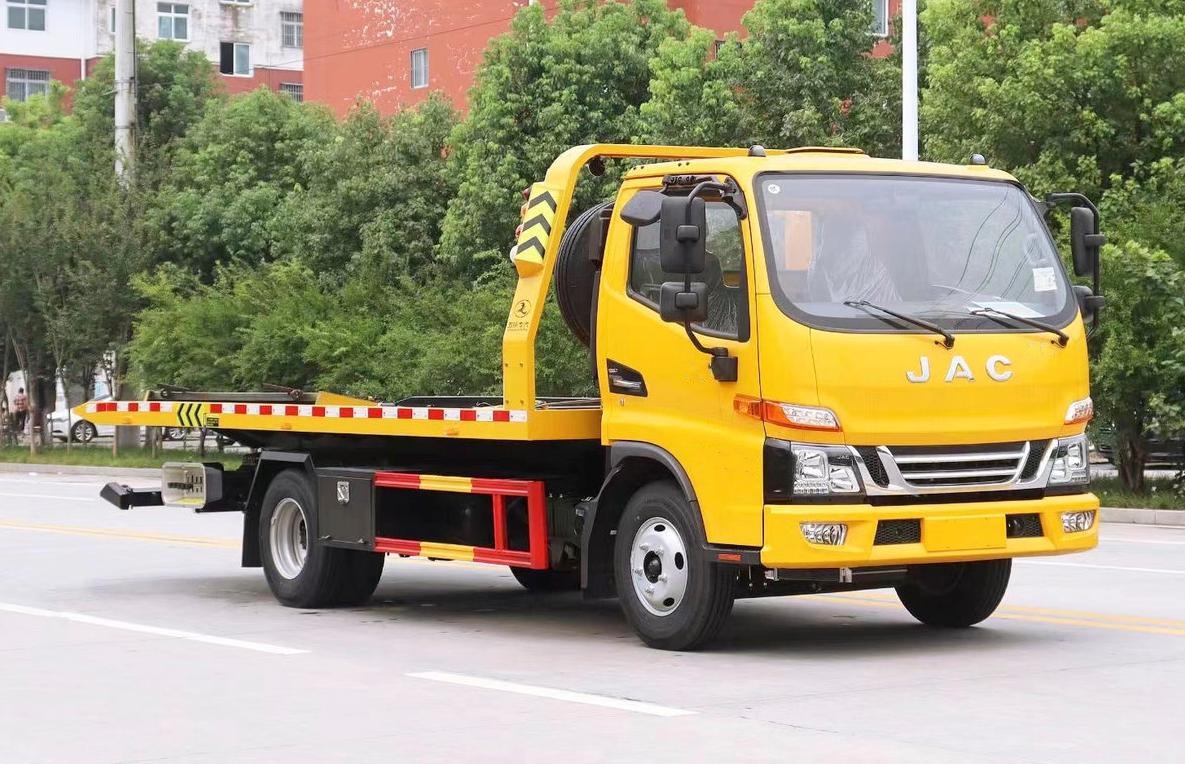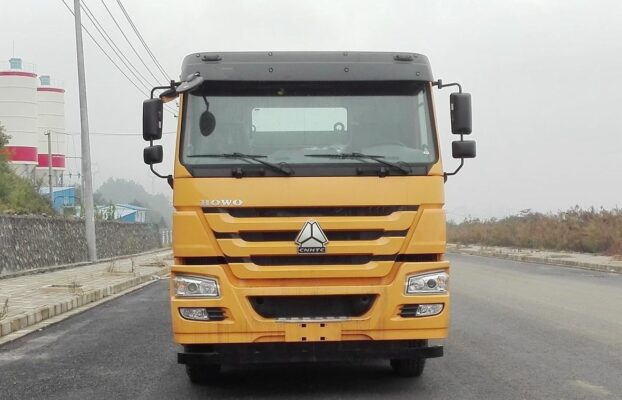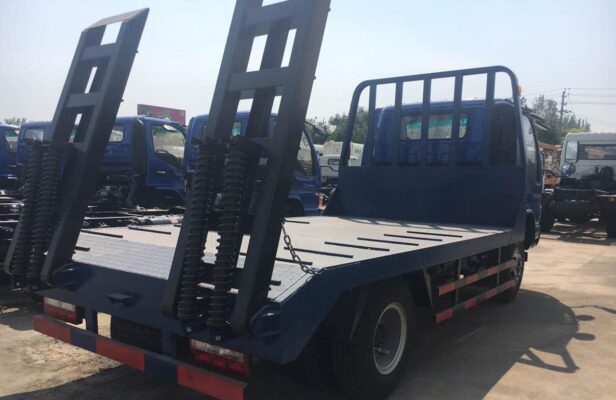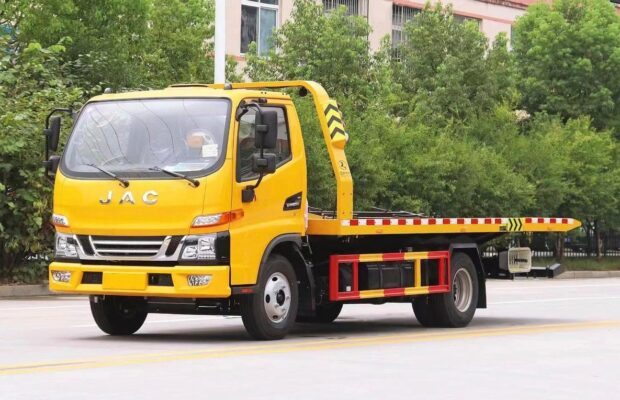A rope breakage incident in дизалица operations involves a sudden failure of the lifting rope or sling, often resulting in a dropped load. Such incidents are not uncommon in the industry, and they pose serious risks to safety, as well as to the integrity of machinery and materials. The root causes of дизалица rope breakage incidents typically revolve around issues with overloading, improper lifting techniques, inadequate maintenance, and the failure to adhere to discard criteria for ropes and slings. Understanding these causes and implementing stringent preventive measures can significantly reduce the occurrence of such incidents.
Common Causes of Crane Rope Breakage Incidents
Rope breakage incidents are caused by various factors, each of which affects the structural integrity and safety of the дизалица’s lifting components. These causes can be broadly categorized as follows:
1. Overloading During Lifting
Overloading occurs when a дизалица lifts a load that exceeds the rated capacity of the wire rope or sling. This excessive load generates stress that surpasses the rope’s breaking limit, leading to a snap or breakage. When the load is too heavy for the rope to bear, the rope’s individual strands and wires begin to deform and weaken, eventually leading to a complete rupture.
- Key Factors in Overloading: Overloading can occur due to incorrect weight estimation, lack of adherence to load charts, or misunderstanding of the дизалица’s rated capacity under specific configurations. Operators should always refer to the manufacturer’s specifications to determine the maximum permissible load and should avoid approximating weight capacities without adequate verification.
- Prevention: Load tests, precise weight assessments, and training on load limitations are crucial in preventing overloading. Additionally, implementing load-measuring devices can help operators monitor load weights in real-time, reducing the risk of inadvertently exceeding load capacity.
2. Malfunction of the Hoist Limit Switch
The hoist limit switch is designed to stop the дизалица automatically when the load reaches the maximum safe height. A malfunction of this switch may allow the дизалица to continue hoisting beyond the intended limit, resulting in over-winding. This excessive winding places stress on the wire rope, especially on sections near the drum, which experience increased tension and potential breakage points.
- Impact of Over-Winding: Over-winding the wire rope not only stresses the rope but also misaligns it on the drum, creating uneven wear. In some cases, the rope can bind tightly, causing localized weakening that may lead to snapping under continued use.
- Prevention: Regular inspections and testing of the hoist limit switch are essential to ensure it functions reliably. Maintenance personnel should frequently test the hoist limit switch for responsiveness and calibrate it as necessary. Operators should also be trained to recognize the symptoms of over-winding and to immediately cease operations if it occurs.
3. Lifting at an Angle
One of the leading causes of wire rope breakage is lifting loads at an improper angle. Crane operations are designed for vertical lifting, and any lateral forces exerted during angled lifting increase the risk of rope damage. When loads are lifted at an angle, the rope is subjected to a side load that can crush or fray the wires, particularly near the attachment points.
- Consequences of Angled Lifting: Angled lifting applies additional tensile forces to the rope, reducing its load-bearing capacity. This lateral pressure can cause flattening or deformation of the rope, leading to weakened strands and eventual breakage.
- Prevention: Operators must ensure that loads are centered and aligned vertically to avoid any side-loading or angling during lifting. Precision alignment devices, guides, or load-stabilizing accessories can also help keep the load straight during hoisting.
4. Continued Use of a Wire Rope Beyond Discard Criteria
Every wire rope has a specific lifespan and must be discarded once it reaches wear levels beyond certain thresholds. Factors such as fraying, corrosion, broken strands, and fatigue indicate that the rope no longer meets safety standards. Continued use beyond this point significantly increases the likelihood of breakage, as the structural integrity of the rope is severely compromised.
- Signs of Rope Wear: Indicators that a rope should be discarded include visible fraying, kinks, wear on the outer strands, and any noticeable thinning. When these signs appear, the wire rope no longer provides the required safety factor.
- Prevention: Establish a regular inspection and maintenance schedule that includes thorough assessments of wire rope conditions. Personnel should be trained to recognize signs of wear, and records should be kept to track the use and replacement cycles of ropes. Following industry guidelines and manufacturer recommendations on discard criteria is essential for maintaining safe operations.
Additional Causes of Lifting Sling Breakage
Apart from rope breakage incidents, lifting slings used with дизалицаs are also prone to breakage, particularly when subjected to improper handling or excessive stress. Some common causes of sling breakage incidents include:
1. Inadequate Sling Specifications
Using a wire rope sling with specifications that do not match the load requirements can lead to an insufficient safety factor. If the sling’s rated capacity is lower than the weight of the load, it may not withstand the tensile forces, resulting in breakage. The choice of sling specification must account for load weight, lifting height, and any environmental factors that could affect the operation.
- Choosing the Right Sling: Operators must use slings with the appropriate safety factor for each lifting job, factoring in additional weight allowances and potential load shifts. If unsure, it is safer to use a higher-rated sling than the minimum requirement.
- Prevention: Educate operators on the importance of selecting the correct sling specification and provide reference guides or software tools that calculate suitable sling sizes and configurations.
2. Excessive Sling Angles
When the angle between the sling and the load exceeds safe limits, the tension on the sling increases significantly. This tension is compounded as the angle widens, often exceeding the sling’s rated capacity. Wider angles introduce high-stress points along the sling, making it more susceptible to breakage.
- Avoiding Wide Sling Angles: Slings should be set up with angles that comply with industry guidelines, typically not exceeding 60 degrees from the vertical. Operators should make adjustments to the sling setup or use alternative lifting arrangements if the load geometry creates excessive angles.
- Prevention: Provide angle guides and visual aids for operators, enabling them to accurately assess and adjust the angle of the sling. Adjustable spreader bars or multiple slings can help reduce tension on individual slings by distributing the load evenly.
3. Lack of Protective Padding on Sharp-Edged Loads
When slings are used to lift sharp-edged loads, the edges can cut into the sling material. This is particularly problematic with wire rope slings, as repeated abrasion against sharp corners weakens the wire strands, leading to fraying and eventual severance. Without protective padding, the sling is directly exposed to the object’s edges, increasing the likelihood of breakage.
- Utilizing Protective Padding: Protective padding or edge guards should be placed between the sling and the sharp edges of the load to prevent direct contact. These pads absorb the force of the load and minimize wear on the sling, extending its lifespan and ensuring safety.
- Prevention: Standardize the use of protective padding in all lifting operations that involve sharp-edged loads. Provide operators with a range of padding options and train them on when and how to use these accessories.
Summary and Recommendations for Preventing Rope and Sling Breakage
Crane rope and sling breakage incidents can be minimized by adhering to strict operational protocols, conducting regular equipment inspections, and ensuring that load specifications are accurately calculated. Below are some key recommendations for reducing the risk of rope and sling breakage:
- Implement Regular Training and Safety Drills: Training programs should focus on teaching operators about proper load estimation, equipment limitations, and the signs of wear and fatigue in ropes and slings. Regular drills can also help operators prepare for potential emergency scenarios, reducing the response time in the event of a rope or sling failure.
- Establish Clear Discard Criteria and Maintenance Schedules: Regular inspections are crucial to identifying wear before it becomes a hazard. Operators and maintenance teams should be provided with criteria on when to discard ropes and slings, and all inspections should be documented for accountability and tracking.
- Utilize Load-Calculating and Monitoring Tools: Digital load-monitoring tools can provide real-time data on load weights and sling tension, helping operators stay within safe operating limits. These tools are especially useful when lifting irregular loads that may shift or tilt during hoisting.
- Standardize Protective Measures for Lifting Slings: Ensure that all sharp-edged loads are padded, that sling angles are within safe limits, and that load specifications match or exceed the safety requirements. These protective measures should be reinforced as part of regular operational procedures.
By addressing these safety control points and reinforcing best practices through training and maintenance, companies can create a safer environment for дизалица operations and reduce the incidence of rope and sling breakage.












